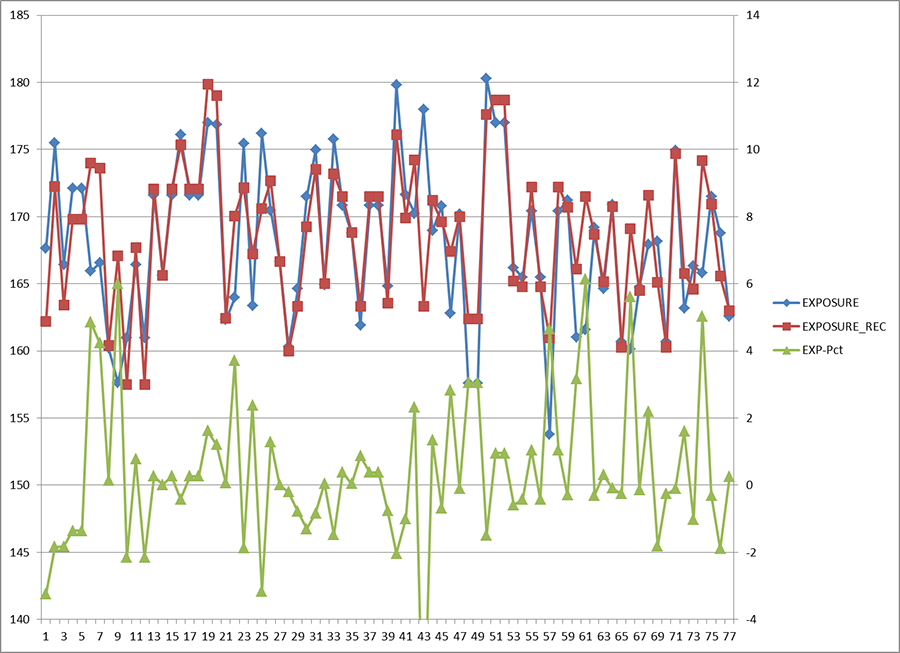November 2018
Final Phase Systems (FPS) Joins the INFICON Family »
Save the Date! FabGuard User Group Meeting June 4-6, 2019 »
Come See Us at an Event Near You »
FabGuard APC v5.03.00 Release »
Simplifying FabGuard Configuration Backup »
APC Conference 2018: Legacy Control System Replacement »
APC Conference 2018: Integrating 3rd Party Sensors to Reduce Scrap Events Using FabGuard »
Restoring FabGuard Computers for 24/7 Sustaining »
Support for Microsoft OLE DB driver for SQL Server (MSOLEDBSQL) »
The Ticket System is Now HTTPS. Change Your Bookmarks! »
End-of-Life Support for FabGuard Versions and Microsoft Products »
APC Conference 2018: Legacy Control System Replacement
This abstract was presented at the APC Conference XXX 2018.
Motivation
Process control improvement remains a priority within the semiconductor manufacturing industry, including mature facilities that continue to service a significant portion of overall demand. Increased process complexity and a high product mix require tighter process control, whether this is through introduction of a new APC capability or replacement of a current system. The latter can often be more challenging, as existing systems necessarily have systems integration, support, configuration and business processes tied to them. Replacement may nevertheless be the best approach for solutions that no longer have internal and/or external support, are not extensible across modules or tool sets, or do not have capability to adapt to additional control requirements. This discussion will present an overview of a legacy Lithography control system replacement from project inception through deployment, testing, and validation.
Approach
The project began with developing and deploying a FabGuard APC solution that replicated the existing solution as closely as possible. While it was understood the ultimate motivation was to move beyond existing capability, this initial scope allowed for direct comparison of capability while still demonstrating the efficacy of the new solution. Existing controller configuration was thereby able to be used as is, facilitating faster deployment without revisiting the structure and content of controller parameter management.
Parallel deployment of the solutions was undertaken to facilitate open-loop testing and validation of the new FabGuard APC solution. This enabled data collection, state initialization, parameter and controller logic validation, and a means to compare like results between solutions. Convergence of the control recommendations was demonstrated over time with adequate control history collection and controller iterations. Detailed review of individuals runs, particularly where results diverged significantly, highlighted specific gaps in edge cases that were addressed in turn. Flexibility, extensibility and additional capability were also reviewed in the context of the new solution as a separate but important aspect of the replacement project.
Results
Control logs were developed to include direct comparison of closed-loop results from the legacy system with those from the new FabGuard APC solution. Analysis of these results showed a progressive convergence of recommended and used recipe settings for the two controllers, specifically Lithography Overlay and CD control solutions. These results ran in parallel with validation of the E133 communication structure, error messages, business rules, and related business rules within the logic.

Figure 1: Comparison of Closed-Loop Results with Open-Loop Results from Replacement Framework. FabGuard APC settings are plotted in red (EXPOSURE_REC).
Figure 1 shows early results from parallel operation of the legacy and FabGuard APC frameworks. The two recommended Exposure settings are graphed against the primary axis (where EXPOSURE_REC is the FabGuard APC controller), and the percentage difference between them is plotted against the secondary axis. Significant deviations (>2%) in some runs trigger detailed investigation into root cause, e.g. fewer results available in the newer system, operator override, inexact match between controller configurations, etc.
Future Work
Based on the convergence of Lithography Overlay and CD control solutions, the legacy system can be replaced with FabGuard APC controllers. FabGuard APC will then be able to provide extensions across modules or tool sets and also provide capability to configure additional control requirements.